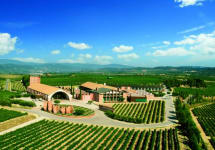Juve & Camps Reserva de la Familia Cava Gran Reserva Brut Nature 2019
-
Wine
Spectator -
James
Suckling - Vinous



Product Details
Your Rating
Somm Note
Winemaker Notes
Bright yellow color with golden reflections and golden highlights. Fruity, fresh apple character, with notes of fresh apple, white flowers, and Mediterranean aromatic plants, such as rosemary and hints of lightly toasted bread and nuts and dried fruits. With a great balance between body and acidity, it stands out for its brut nature style -with no added sugar - its fresh & deep character and its very well-integrated bubbles.
Professional Ratings
-
Wine Spectator
A rich hint of grilled nuts is well-meshed with flavors of poached apricot and white cherry in this elegant sparkler, backed by lively acidity. The creamy mousse carries notes of tangerine peel, grated ginger and honey on the finish. Macabeo, Xarel-lo and Parellada.
-
James Suckling
Subtle yeast, lemon zest, stone and green apple aromas on the nose, with a good yeasty layer on the palate. Frothy and bubbly with a bone-dry, tangy finish. Slightly lean at the end. Could do with more finesse on its effervescence.
-
Vinous
The 2019 Brut Nature Gran Reserva de la Familia, from Vals d’Anoia-Foix, offers a captivating experience. Yellow in hue, it mirrors aromas of lime and marzipan with a subtle herbal undertone. On the palate, it is dry and ethereal, featuring an effervescent mouthfeel and a refreshing character that culminates in a long-lasting finish. This balanced Cava from Comtats de Barcelona Guarda Superior is sure to impress with its complexity and elegance. Disgorged: March 2024.
Other Vintages
2018- Decanter
-
James
Suckling -
Wine
Spectator -
Wine
Enthusiast
-
James
Suckling
-
Wilfred
Wong
- Decanter
- Decanter
-
Wine &
Spirits
-
Wine &
Spirits
-
Robert
Parker
-
Wine
Enthusiast

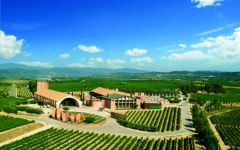
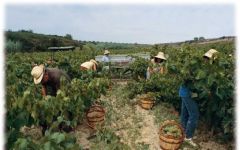
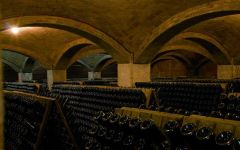
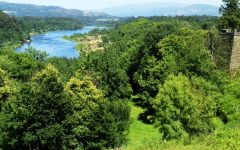
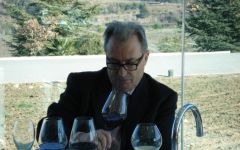
Juvé & Camps is a family-owned winery located in San Sadurní d’Anoia, a small town in the northeastern Penedès region near Barcelona. Founded in 1921 by Joan Juvé Baqués and his wife Teresa Camps Farré, the winery’s three-generation history has resulted in an international reputation for producing top-quality Cava. Juvé & Camps comprises 2700 acres of vineyards. Those acres are divided into three properties where native varieties Parellada, Macabeo and Xarel-lo are grown. From the beginning, the winery’s philosophy has been to use only traditional, high-quality winemaking practices. Its Cava is made in the método tradicional, as is Champagne, meaning it undergoes a secondary, in-bottle fermentation prompted by the addition of yeast and sugar. The wines are often aged in bottle for 18 months or more.
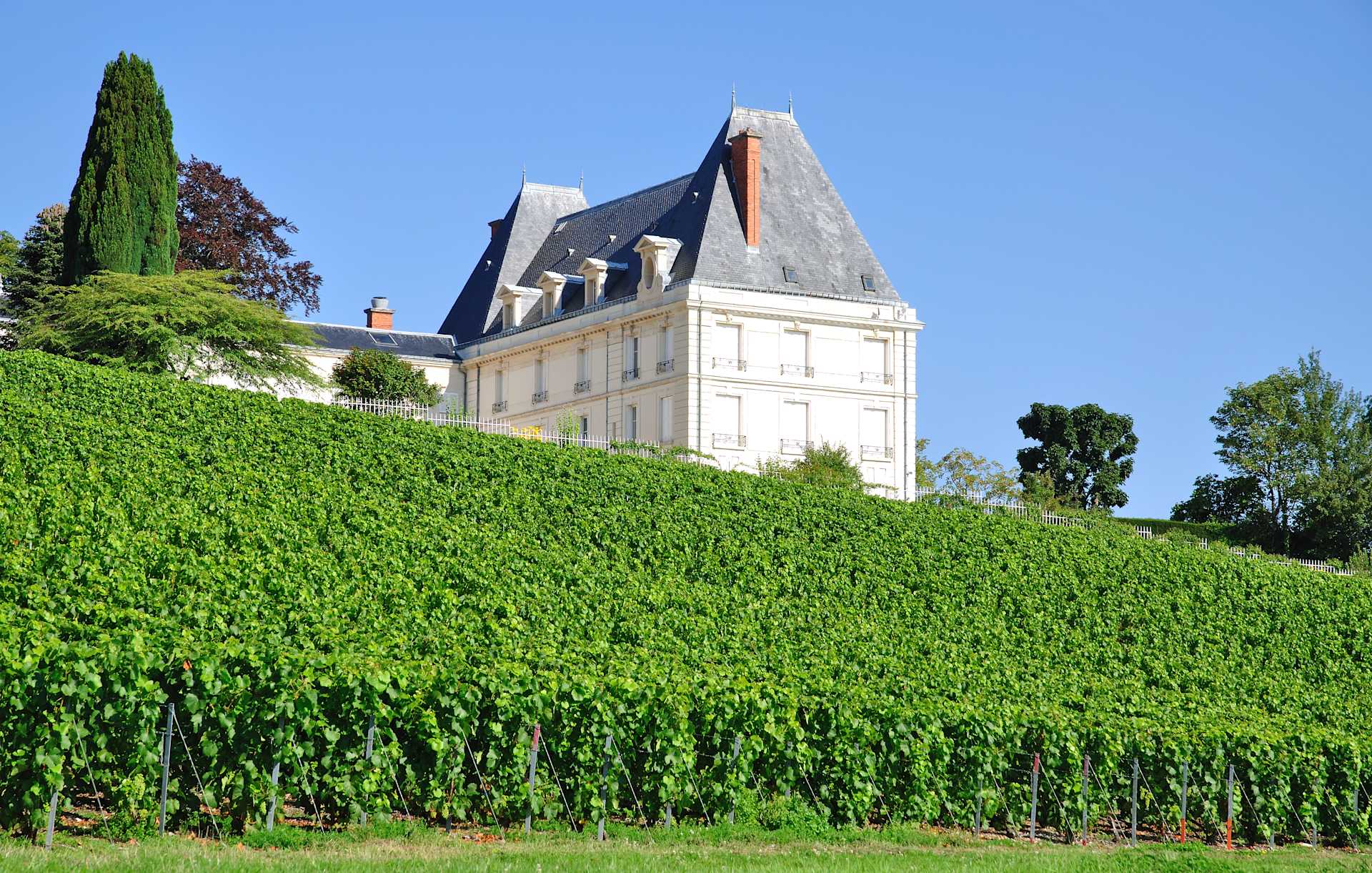
Representing the topmost expression of a Champagne house, a vintage Champagne is one made from the produce of a single, superior harvest year. Vintage Champagnes account for a mere 5% of total Champagne production and are produced about three times in a decade. Champagne is typically made as a blend of multiple years in order to preserve the house style; these will have non-vintage, or simply, NV on the label. The term, "vintage," as it applies to all wine, simply means a single harvest year.

What is Cava?
Spain adopted the word, cava, which technically means ‘cellar’ in Catalan, to describe their sparkling wines made using the traditional method. While this style was first created outside of Spain in the 1600s, its birthplace inside of Spain came in 1872 when Jose Raventós of Codorníu first produced traditional method sparkling wine in the town of San Sadurní d’Anoia. Uniquely, the Cava denomination isn’t restricted to one geographical area but rather, it spans eight total wine regions. However, about 90% of Spain’s total production of Cava, Spanish sparkling wine happens within Catalonia, and about 75% is produced within the borders of San Sadurní d’Anoia, inside the smaller Catalan region of Penedès. In 2019, Spain registered nearly 38,000 hectares of vineyards for Cava production, compared to just under 34,000 in Champagne.
How is Cava sparkling wine made?
Cava, like many other sparkling wines of the world is made using the traditional method, or "Champagne method," or método tradicional in Spanish, in which the second fermentation (the one that makes the bubbles) takes place inside the bottle. With this method, spent yeast cells remain in contact with the wine during bottle aging, giving it a creamy mouthful, a toasted bread or brioche quality and in many cases, the capacity to age.
What are the Cava wine grapes?
The mainstay Cava grape varieties include Macabeo, Parellada, and Xarel-lo. Macabeo, also known as Viura, lends pleasant aromatics to the blend, while Parellada adds acidity and finesse. Xarel-lo is the grape that gives body, earth and greengage characteristics to Cava. Occasionally Chardonnay is used as a blending grape or sole variety in making Cava wine. Governmental inclusion approval was awarded in 1986 but still, Chardonnay makes up only a fraction of total vineyard area. For rosé, in Spanish called rosado, the local Trepat and Garnacha can be used, along with Pinot Noir (first permitted in 1998 for rosado and in 2007 for white Cavas).
Cava Tasting Profile
Since Cava is a sparkling wine produced on the Mediterranean where temperatures are warmer and there is more sunshine compared with Champagne, you can expect that Cava sparkling wine will generally have a gentler acid profile compared with its French counterpart. Furthermore, especially when the indigenous varieties are used, common Cava flavors will include citrus peel, fennel, wildflower, lemon blossom and flint or saline. Most Cava is produced in the Brut style, so dry, with a slightly rounder finish that balances brightness with brioche notes and supple fruit. Brut Nature or Zero Dosage examples are bone dry, whereas Extra-Dry Cava will be slightly sweet and a Demi-Sec Cava will have the highest sweetness level.
Cava Pairings
One of the best things about pairing Cava wine is you can drink it on its own or with just about any food! But if you want to focus on bringing out Cava's uniquely brilliant bouquet and citrus notes, rich or seafood-centric dishes are perfect food pairings for Cava. Try Cava with butter poached lobster, seafood risotto, puff pastry and caramelized onions or fried chicken.
